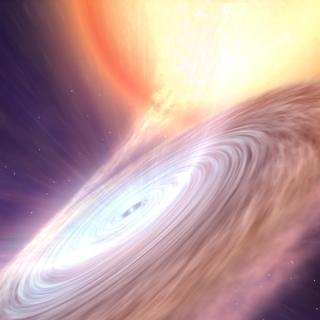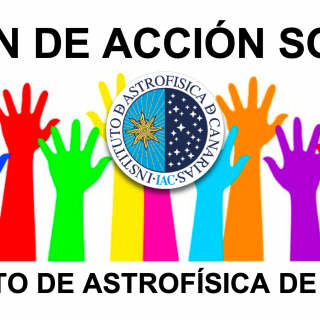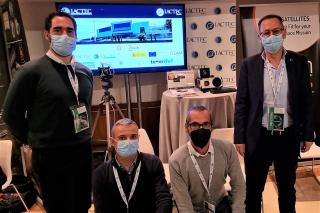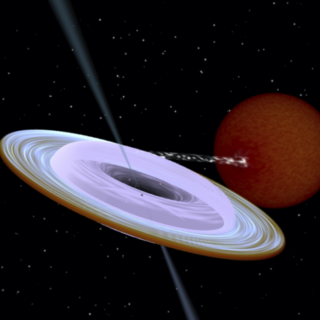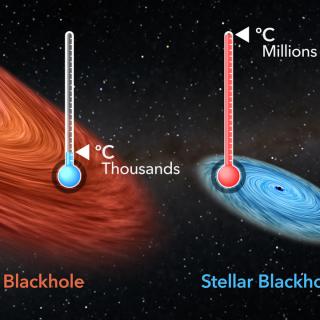
An international research team led by researchers at the Instituto de Astrofísica de Canarias (IAC) has found a new method for measuring the masses of black holes based on the temperature of the gas which surrounds them when they are active. The results of the work have recently been published in the journal Monthly Notices of the Royal Astronomical Society (MNRAS). The confirmation of the existence of black holes is one of the most basic results in astrophysics. There is a wide range of masses of black holes, from stellar-mass black holes, which are the result of the catastrophic final
Advertised on
